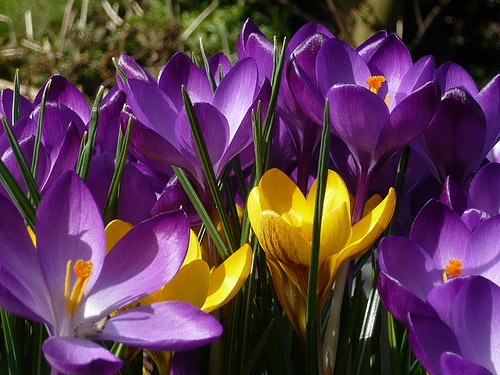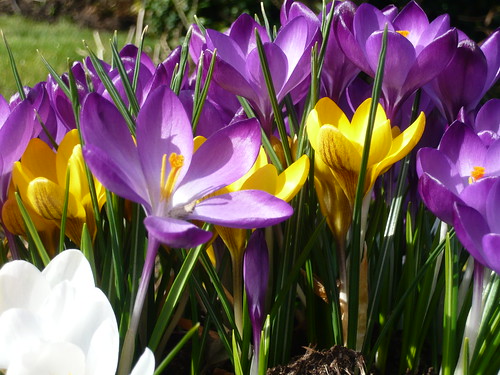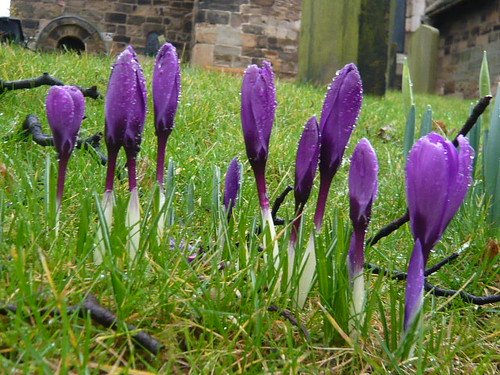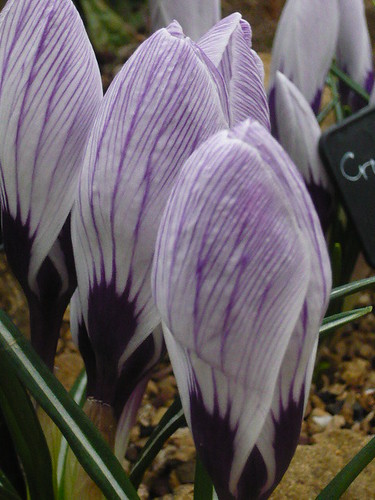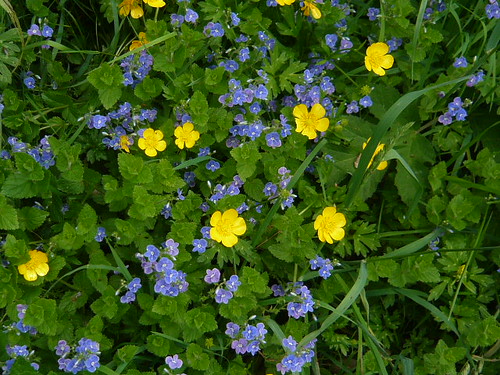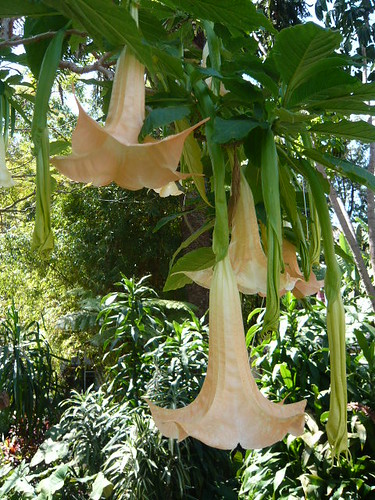Crocus Buying & Cultivation Tips
Crocus Cultivation Tips
- Allow foliage to die back. Do not tie foliage because it weakens the bulb and flowers for next year.
- A little bonemeal in spring will help build up corms and bulbs for next year.
- Crocus often like a rather heavy but well drained soil. Enrich sandy soil with leafmould.
- If troubled with mice or squirrels eating corms, place wire netting just below the soil surface.
- Bring a pot of Crocus into the house when the first buds show and keep in a light cool spot.
- Allow species crocus to self seed to increase your display in years to come.
- Suspend black cotton over the buds to stop them being attacked by birds.
- After the foliage fades Crocus can be lifted and split every 4-5 years to avoid over crowding. Leave them be if they are naturalised under grass.
- Mulch with garden compost only sparingly 5cm deep.
Types of Crocus
- Autumn Crocus flower before the leaves and are also sold as Colchium. If autumn is dry water the corms.
- Crocus vernalis tend to have larger bulbs and spring blooms.
- Crocus chrysanthus like sun or light dappled shade and a lighter soil.
- Species Crocus Tommasinianus, C.sativus, C. angustifolius C. biflorus, C. korolkowii and C. olivieri will grow well under a late leafing shrub.
Buying Hints and Advice
- Buy firm plump bulbs.
- Avoid bulbs that are in the least bit soft.
- Avoid bulbs which are already sprouted and showing green.
- Avoid any bulbs that show signs of fungus, spots, rot or mould.
- Buy as soon as Crocus become available and plant September-November
I have just planted 100+ crocus around a new Paperbark Acer and a similar number in a variety of pots and containers. When the containers have flowered the crocus will be fertilised and planted out.
See our other photos
Bulb: A Hand-Picked Selection of the World’s Most Beautiful Bulbs by Anna Pavord is a personal selection and authoritative guide to the most gorgeous bulbs on the earth.
Anna Pavord, world-famous author of “The Tulip”, writes charmingly about her favourite subject from Acis to Zigadenus via Tulip and Crocus.
